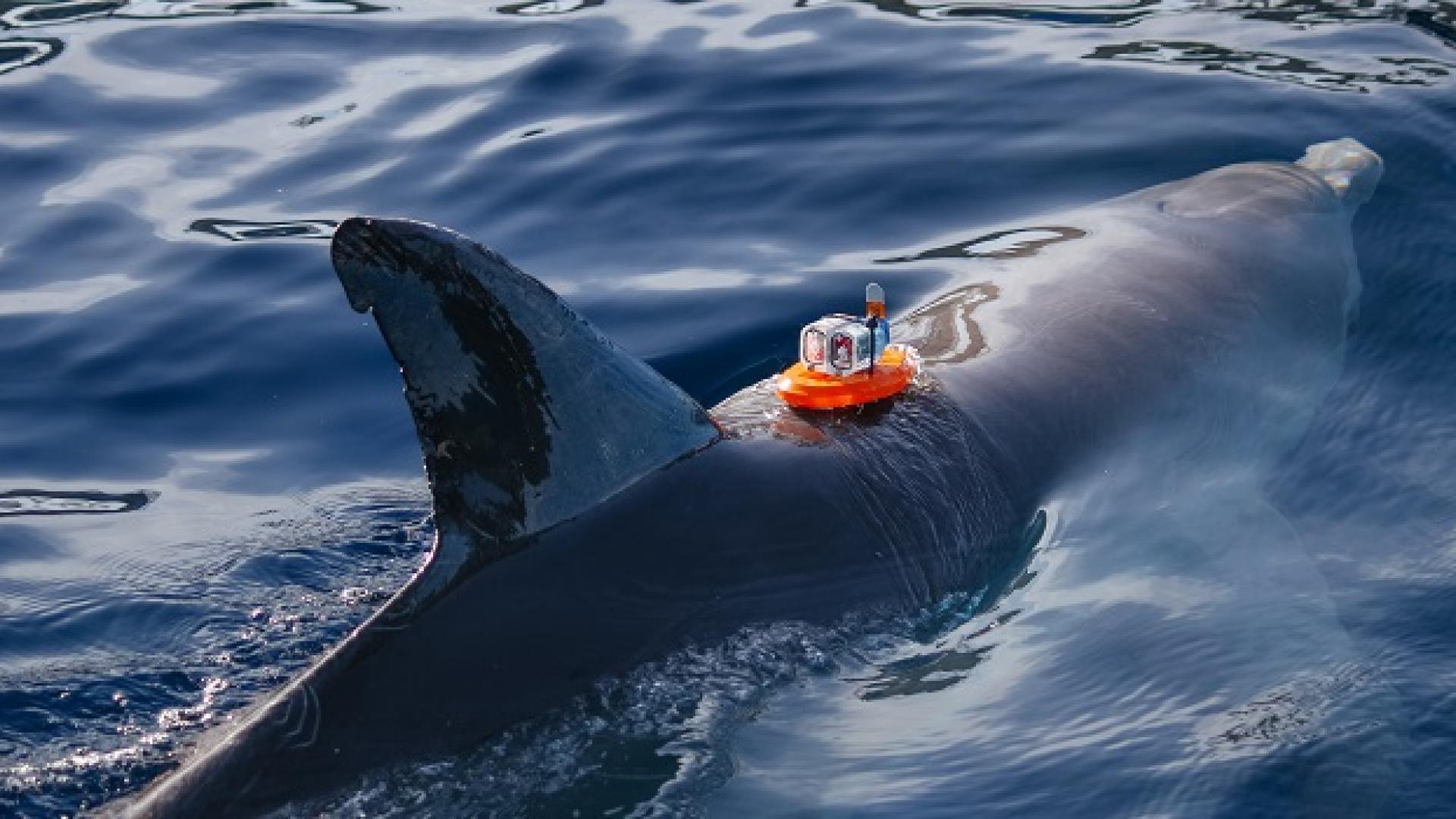A flexible, lightweight and robust salinity sensor that can be attached to aquatic animals for longterm monitoring of their habitat has been developed by a multidisciplinary team at KAUST. The team created a sensor that accurately records salinity even after longterm submersion. The sensor can form the basis of a marine animal monitoring device that records multiple underwater habitat parameters, the researchers say.
Located on the shores of the Red Sea, KAUST has a research focus on this ecologically rich and economically important ecosystem. Electrical engineer Jürgen Kosel is working with marine scientist Carlos Duarte from the Red Sea Research Center to develop monitoring devices as part of KAUST’s Sensor Initiative. “As engineers, our group aspires to furnish the marine research scientists with new technologies tailored to their needs,” Kosel says.
Read the full article

